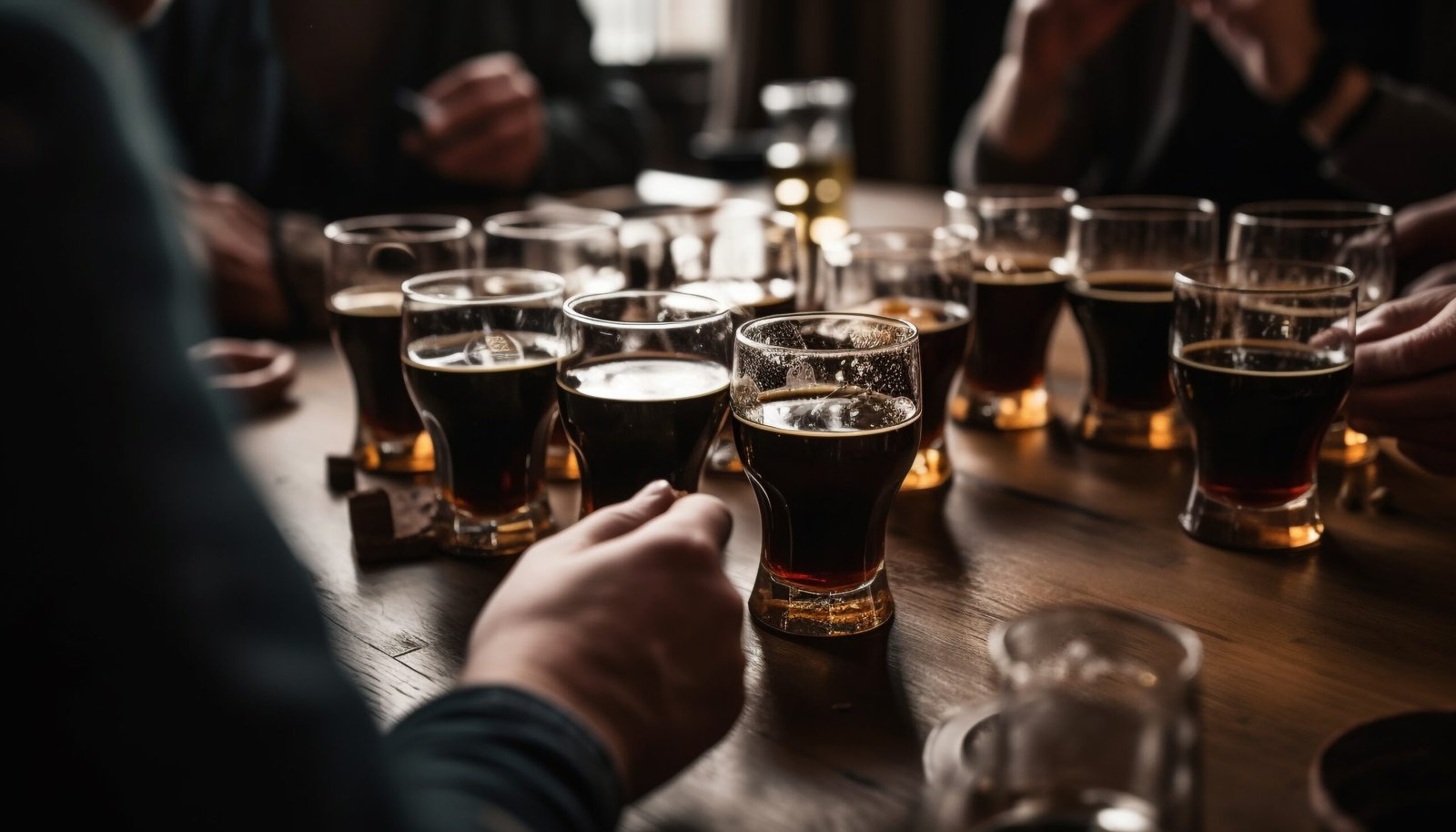The Art of Coffee Cupping
Coffee cupping is a systematic method used by coffee professionals, roasters, and enthusiasts to evaluate and compare the flavors, aromas, and overall quality of different coffee beans. It involves a standardized procedure of smelling and tasting coffee in a controlled environment. Cupping is an essential practice in the coffee industry for selecting and grading coffees, as well as for identifying unique flavor characteristics.
Here’s a general outline of the coffee-cupping process:
- Grinding: Coffee beans are freshly ground to a coarse consistency just before cupping. Each sample is ground separately.
- Fragrance Evaluation: The ground coffee is smelled dry to assess the fragrance and aroma before water is added.
- Wet Aroma: Hot water is poured over the ground coffee, and the wet aroma is evaluated by inhaling the rising steam.
- Breaking the Crust: After steeping for a few minutes, a crust of coffee grounds forms on the surface. Cuppers use a spoon to break this crust, releasing the coffee’s aromas.
- Aroma Evaluation: The cuppers then inhale deeply to evaluate the released aromas from breaking the crust.
- Tasting: Using a spoon, cuppers slurp the coffee from a spoon, aspirating it to spread it evenly across the palate. This allows them to assess the taste, acidity, body, and other flavor characteristics.
- Scoring: Cuppers assign scores to various attributes, such as acidity, body, balance, flavor, aftertaste, and overall impression. This helps create a comprehensive profile of each coffee.
- Cleansing Palate: Between samples, cuppers may cleanse their palates with water and unsalted crackers to ensure that residual flavors do not affect subsequent evaluations.
Cupping sessions are often blind, meaning that the participants are unaware of the origin or characteristics of the coffee being tasted. This helps prevent bias and allows for unbiased assessments based solely on the sensory experience.
Cupping serves several purposes, including:
- Quality Assessment: It helps assess the quality and characteristics of coffee beans, assisting in the selection of high-quality lots.
- Flavor Profiling: It helps identify the unique flavors and aromas associated with different coffee origins, varieties, and processing methods.
- Quality Control: Cupping is used in the coffee industry for quality control, ensuring consistency in the flavor profile of roasted coffee batches.
- Education: Cupping is an educational tool that helps train coffee professionals to recognize and communicate specific flavor attributes.
Coffee cupping is an integral part of the coffee supply chain, providing valuable information to growers, roasters, and consumers about the sensory qualities of different coffees.
Tags: coffee, Coffee Cupping, coffee tasting

